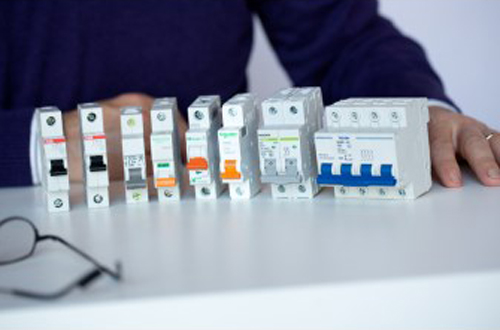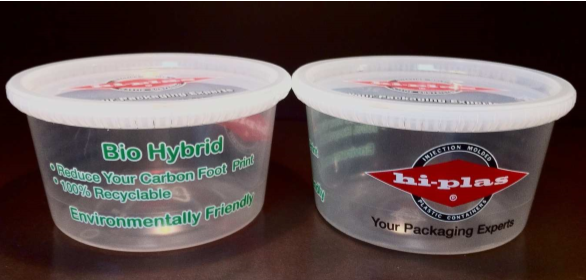To enhance the cost and environmental benefits of wall-hung condensing boilers for residential use, engineering thermoplastics supplier SABIC Innovative Plastics offers high-performance Noryl, Ultem and Cycoloy resins to replace traditional metals such as copper and brass used in boiler components, such as condenser housings and manifolds. These engineering thermoplastics, developed and tested at the company’s Fluid Engineering Center of Excellence in Holland, may enhance design freedom, extend part life, and avoid the use of heavy metals such as lead.
“Although wall-hung domestic boilers have been widely used in Europe for years, accelerating efforts to reduce global warming and cut fuel costs are driving more global use of high-efficiency condensing models,” said Gunes Celik, SABIC Innovative Plastics’ new business development manager in Europe.
SABIC Innovative Plastics has developed the new resins to provide many advantages over existing metals. For high-efficiency condensing boilers, which are growing annually by 10% in Europe, Noryl PPX resin offers a better choice than stainless steel for condenser housings. As wall-hung boilers become more efficient, the temperature requirement for the housings drops, while chemical resistance becomes more important (due to condensation of exhaust fumes). With greater exposure to chemicals, metal corrodes. Noryl PPX resin provides chemical resistance for longer part life, as well as the ability to withstand the required heat from the condenser.
Other candidates for metal replacement are boiler manifolds, which have historically been made of copper tubing and brass parts. Using metal is labor-intensive, complex and expensive. Further, brass contains lead, which is being increasingly discouraged by authorities and is already restricted in California. By upgrading to Noryl glass-filled resin or Ultem resin — SABIC Innovative Plastics materials for highly demanding designs — manufacturers may be able to consolidate parts, create new products more easily, reduce weight, and save on fabrication and assembly costs.
Source: plastics.2456.com





